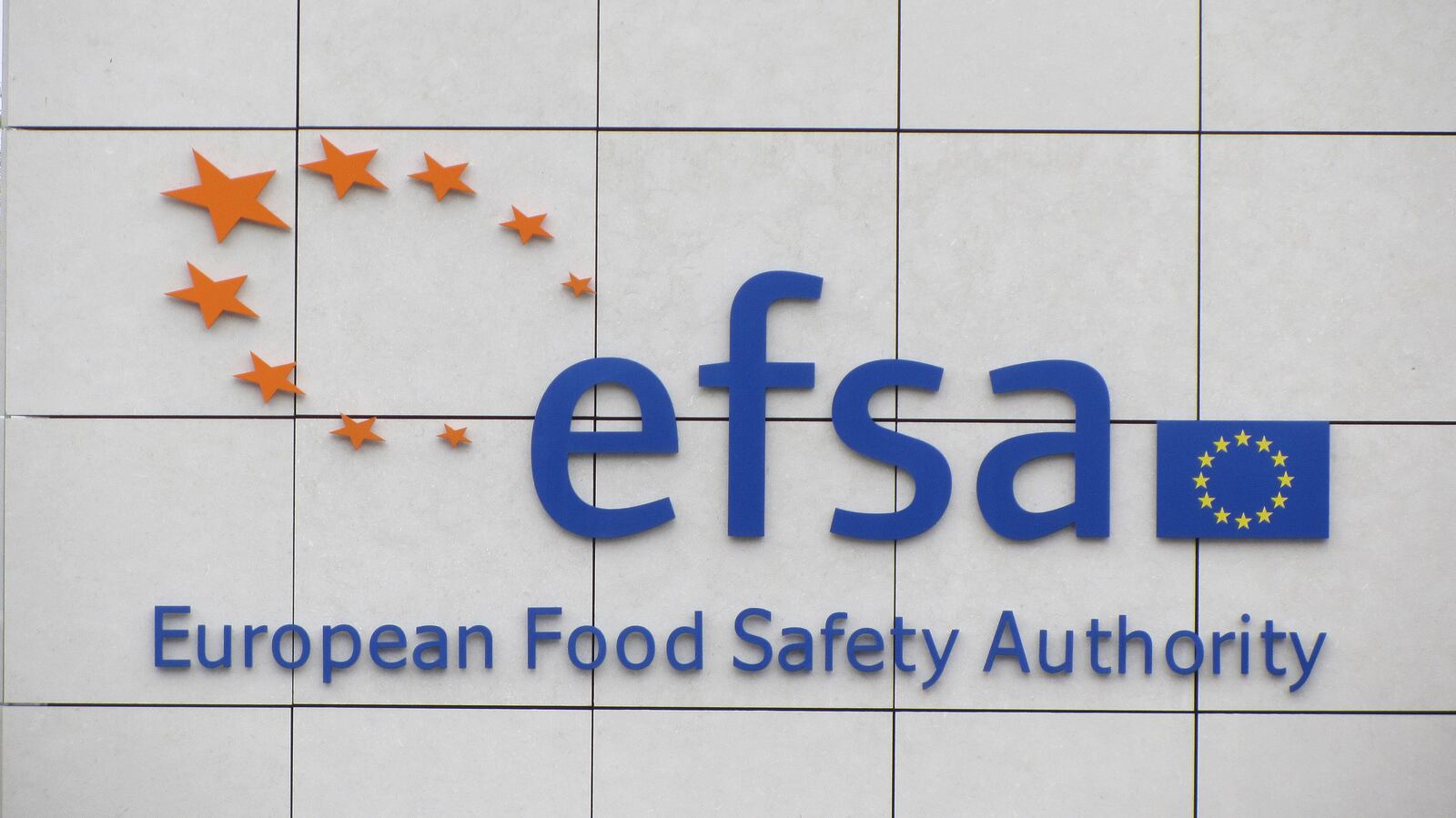The Codex Alimentarius Commission, jointly run by the UN’s Food and Agriculture Organization (FAO) and the World Health Organization (WHO), adopted a maximum level for arsenic in rice of 0.2 mg/kg and a recommendation that no more than 0.01 mg/kg of lead be permitted in infant formula.
The Codex Commission’s first maximum arsenic level comes as the European Commission (EC) looks into setting its own maximum levels.
A spokesperson for the EC told FoodNavigator: “We are currently discussing maximum levels of inorganic arsenic in rice and rice products but the discussions are not yet finalised.”

The Codex Commission – which sets international food safety and quality standards to promote safer and more nutritious food – has also agreed to develop a new code of practice on how countries can comply with the maximum level and producers can implement good agricultural and manufacturing practices to prevent or reduce contamination.
Arsenic levels
High levels of arsenic are naturally present in the groundwater and soil in some regions, with the toxic element able to enter the food chain when absorbed by crops from this water and soil. Rice crops are particularly inclined to this absorption.inr
“Arsenic contamination in rice is of particular concern in some Asian countries where paddy fields are irrigated with groundwater containing arsenic-rich sediments pumped from shallow tube wells. Improved irrigation and agricultural practices can help reduce arsenic contamination, for example growing crops in raised beds instead of flooded fields,” the FAO said.

“Long-term exposure to arsenic can cause cancer and skin lesions. It has also been associated with developmental effects, heart disease, diabetes, and damage to the nervous system and brain.”
The European Commission's discussion follows a decision from the European Food Safety Authority (EFSA) in March to lower its estimates of dietary exposure to inorganic arsenic in food after it re-examined the available data.
Lead babies
The Codex Commission said infants and young children were particularly vulnerable to the toxic effects of lead – which could include “profound and permanent adverse health effects” to brain and nervous system development.
“Lead occurs in the environment and trace amounts can end up in the ingredients that are used in the production of infant formula. Levels of lead in infant formula can be controlled by sourcing raw materials from areas where lead is less present,” it said.
